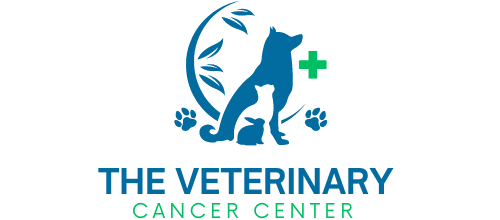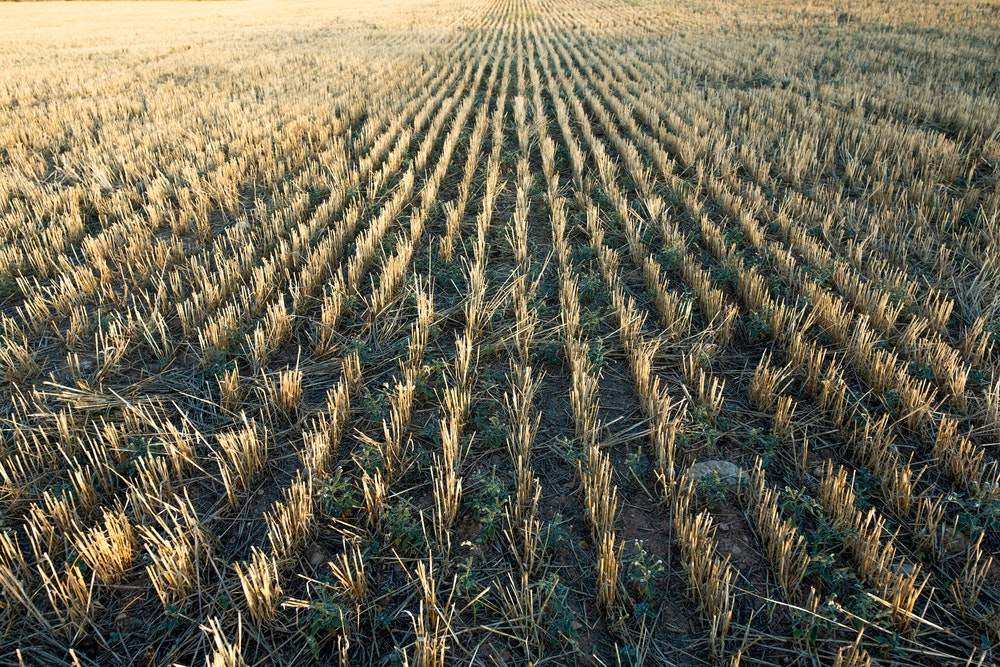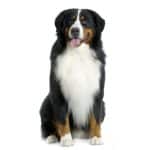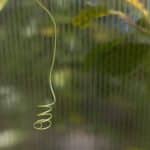Resource guarding is a behavior often observed in dogs. It refers to a dog displaying behavior meant to protect its resources, such as food, toys, or places, which it considers valuable. This can sometimes lead to aggression if not properly managed. One breed that can be particularly prone to this behavior is the Chow Chow. These dogs are known for their spectacular fluffy coats and their unique blue-black tongues, but they also have a reputation for being a bit possessive, especially when it comes to their food. In this article, we dive deep into understanding this behavior in Chows and explore the best ways to manage it.
Understanding Resource Guarding in Chow Chows
Before we delve into managing resource guarding, it’s important to understand what this behavior entails and why it occurs, especially in Chow Chows. Like many breeds, Chows are naturally inclined to protect their resources. This trait is deeply ingrained in their DNA, harking back to their origins as all-purpose working dogs in China. Resource guarding, in its many forms, from growling when someone approaches their bowl to snapping when someone tries to take a chew toy, is essentially a survival mechanism.
Dans le meme genre : How do you safely introduce a prey-driven Greyhound to a multi-species household?
The American Kennel Club (AKC) notes that while resource guarding is common in many breeds, it can be particularly pronounced in Chows due to their independent and protective nature. A Chow’s resource guarding behavior can be directed towards both humans and other dogs. It is important to remember that while resource guarding is a natural behavior, it does not mean that it cannot or should not be managed.
Recognizing Signs of Resource Guarding
Recognizing the signs of resource guarding early on can help in effectively managing this behavior. Chows, like any other dog breed, will display certain behaviors when they are guarding their food or other resources. They may stiffen their body, growl, snarl, or snap if you or another dog approaches their food bowl. In severe cases, they may even bite.
Lire également : What are the best low-calorie treats for training an overweight Cocker Spaniel?
These signs are not only related to their food bowl but can also arise when they are enjoying a special treat, a chew toy, or even their favorite sleeping spot. It’s particularly important to take note if your Chow shows these signs consistently or if the aggression seems to be escalating. Early recognition and intervention can make a significant difference in managing this behavior and preventing it from becoming a serious issue.
Training Approaches for Food-Possessive Chow Chows
Once you have identified that your Chow is exhibiting resource guarding behavior, the next step is to implement appropriate training methods. The process of training a food-possessive Chow should be gradual and consistent, with the ultimate goal of teaching the dog that it does not need to fear the loss of its resources.
One effective method is the ‘trade-up’ game. When your Chow is eating, approach them with a high-value treat. Ask them to leave their food, giving the command "leave it," and when they comply, reward them with the treat. This helps the dog understand that allowing someone to approach their food can lead to even better things.
Another approach is hand-feeding. This method can help to establish trust between you and your Chow. Start by feeding your dog a portion of their meal directly from your hand. Gradually, you can move on to holding the bowl in your hand while they eat. This will help your Chow understand that your presence near their food bowl is not a threat.
Importance of Professional Help
If your Chow’s resource guarding behavior does not improve with training or if it escalates, it may be time to enlist the help of a professional. A professional dog trainer or a Certified Applied Animal Behaviorist (CAAB) can provide additional resources and strategies tailored to your Chow’s specific needs and behaviors.
Professional help can be especially beneficial in cases where the resource guarding is severe, or if it extends beyond food to other items or locations. A professional can also help ensure that your training methods are effective and humane, helping to foster a positive relationship between you and your Chow.
It’s essential to remember that managing resource guarding in Chows, or any dog breed for that matter, is a process. It can take time and patience, but with the right strategies and resources, improvement is absolutely possible. The overall goal should be to create a safe and stress-free environment for both you and your Chow, promoting a healthy and positive relationship. Remember to keep an open mind and approach the situation with plenty of patience, understanding, and love.
Implementing Dog Sports and Activities to Reduce Resource Guarding
Incorporating various dog sports and activities into your Chow Chow’s routine can also go a long way in managing its resource guarding tendencies. Dog sports can help to mentally stimulate your dog, reducing the likelihood of it developing possessive behavior over its food bowl or other resources.
Participation in dog sports such as obedience, agility, and tracking can help to channel your Chow’s energy in a positive way. These sports not only provide physical exercise but also mental stimulation for your dog. They enable you to bond with your Chow, establish yourself as the pack leader and instill obedience commands, reducing instances of aggressive behavior around the food bowl.
Additionally, mental stimulation can help to keep your dog’s mind off guarding its food. When a dog is mentally stimulated, it is less likely to feel the need to protect its resources. Brain games such as puzzle toys and hide and seek with treats can help divert your dog’s attention away from its food bowl and minimize guarding behaviors.
However, it’s crucial to remember that while dog sports and activities can help manage resource guarding, they are not a substitute for proper training. Your efforts to incorporate dog sports and activities should go hand in hand with effective dog training techniques to effectively manage resource guarding in your Chow Chow.
The Role of Diet in Managing Food Aggression
What your dog eats can also play a critical role in managing food aggression. A balanced diet that meets all your Chow’s nutritional needs can help keep its behavior in check. Some dog owners find that their dog guards their food more when they are feeding them a high-protein diet, as this can make some dogs more aggressive.
On the other hand, a diet that is too low in protein can leave your dog feeling unsatisfied and more likely to guard its food. It’s hence crucial to consult with a veterinarian to find the right balance for your Chow’s diet to ensure they are getting the appropriate amount of nutrients without contributing to food aggression tendencies.
Also, how you feed your dog can impact its resource guarding behavior. For instance, feeding your dog from a raised bowl can make it feel safer and less inclined to guard its food. Likewise, providing multiple dog bowls can help reduce competition for food and minimize guarding behavior, especially in households with multiple pets.
Conclusion
In conclusion, managing resource guarding in a Chow Chow requires a multifaceted approach that combines understanding the behavior, recognizing the signs, implementing effective training approaches, incorporating dog sports, evaluating dietary needs, and seeking professional help when necessary.
Remember that this process can take time and patience. Every dog is unique, and what works for one Chow may not necessarily work for another. The key is to remain patient, persistent, and consistent in your efforts. With the right strategies in place, you can successfully manage your Chow’s resource guarding behavior, ensuring a peaceful, stress-free coexistence for you and your furry friend.
It’s essential to keep an open mind and remember that the goal is not to punish the dog for its natural instincts but to teach it that it does not need to fear the loss of its resources. By so doing, you will be promoting a healthy, positive relationship between you and your dog, fostering an environment of mutual trust and respect.











